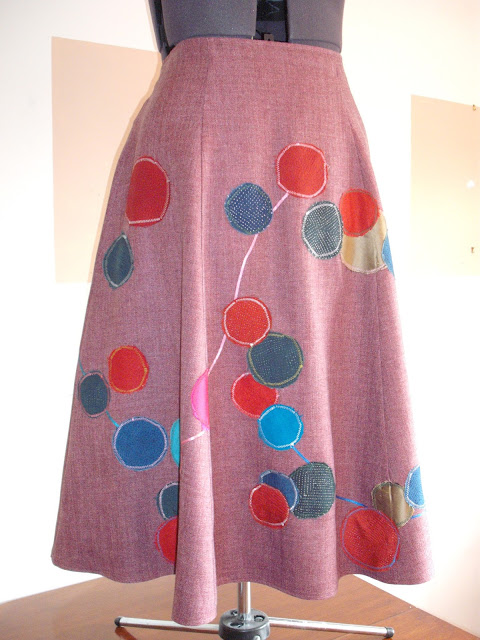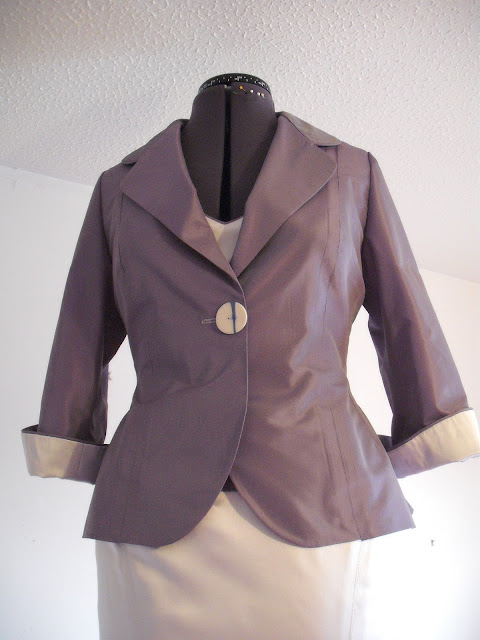Alterations for Men are generally more involved than those for Ladies, this is because of all the heavy structural tailoring involved in good quality menswear so I wanted to provide you Gents with a reasonable guide to what might be entailed in getting your clothes altered.
Outline of alteration services;
- Simple – these are things like taking up trousers and jeans and will be done using a number of different methods including for trousers; simple machine job, hand caught hems and hems with tape for durability, and also jeans hems preserving the original hem (taking up the extra above the hem and relocating it). These usually take 1-2 hours each and range from £15-£30 depending on the complexity.
- Moderate – Jacket sleeves fall into this category, as do changing waistbands, taking in and letting out trousers, taking up jackets, putting in new pockets. These jobs take a little longer at around 2-4 hours each and usually range from £40-£100.
- Complex – these are the big jobs that involve major structural changes to garments. I do a lot of menswear alterations like this and it would be things like raising sleeve heads or re-lining jackets and total re-modelling. These are the biggies that take a minimum of 4 hours each and usually cost upwards of £100 although none have thus far cost any more than £300.
Of course there are occasions where there are several processes needed in a single project; such as raising the sleeve heads, shortening the sleeves and taking up the hem of a jacket all at once, the last one of these I did took around 8 hours in total. Here are some examples of lots of different Men’s alterations, most of which come in the moderate and complex categories.
On the right here is my lovely Dad on his and my Mum’s wedding day, his suit needed taking in and the sleeve heads raising as he had lost rather a lot of weight since he bought the suit several years earlier. (On the left is my son sporting the very first men’s jacket I ever made, it needs a bit of work and I need to learn from a Men’s specialist to perfect my skills in order to offer made to measure for men.)
One of my most recent weddings, I have altered both the Brides dress (details in my next moth's alterations post) and the Groom’s suit. Being a slight chap I have taken up the hem of the trousers and the cuffs on the jacket, including moving all the buttons and fake buttonholes up a couple of inches.
This is the before photo of a jacket I have altered quite a lot, although quite subtly.
I have raised the sleeve heads which takes around 4 hours to complete as there are lots of layers of padding and structural reinforcement to create the perfect shoulder.
This is the shoulder after moving the sleeve heads, when you move them inwards you have to also change the shoulder to keep the opening for the sleeve the same size.
I have also let out two seams and two darts to give the client a little extra room around the trunk – he bought the suit around 30 years ago and as one ages the body changes shape, losing bulk around the shoulders and getting thicker around the middle; moving the sleeve heads and letting out the seams is much more straightforward on tailor-made suits as tailors make allowances for this and leave large seam allowances.
The matching trousers have also been let out at the centre back seam. Good men’s trousers have extra fabric in the back seam to allow for this.
This is the inside view after letting them out around 2”. Just letting out men’s trousers that are constructed like these ones is very straightforward and takes around an hour or so.
These are trousers belonging to a beautiful Saville Row suit my client had made in the late 1960s and would be worn with braces. I have let them out and repaired the inside of the waistband.
This is the inside view. You can see a repair to the pinstriped fabric I have made using heavy duty fusable interfacing, this is because the original seam was oversewn several times and with age this has damaged the fabric a little, the interfacing stabilises the tweed without having to use unsightly stitching. The waistband was rather worn inside so I have replaced some of the lining with new cotton.
These trousers have been altered twice now for the same client as the previous ones. A few months ago I let them out at the centre back seam but this was not enough.
The previous alteration at the centre back seam.
In order to gain some extra fabric to let them out further I have taken some of the bulk from the turn-ups and made a godet (a triangular panel) to set in at the side seams.
On a tweed like this the godet made out of the turn-up’s pretty much disappears and would be covered by the matching jacket.
The godet in detail, even a close look at the inset panel one would not really notice that the fabric used is cut on a different orientation to the rest; this is a really good fix when you have trousers you have had a long time that are worth doing the work on to get them to fit. The existing expanding waistband had lots of extra fabric folded into the seam allowances allowing me to change it without having to add in any extra on the outside, inside I have used some 6cm wide webbed tape to extend the inside band.
I do like doing men’s alterations, gents like to get their money’s worth out of their clothes and I am delighted to help with that. Hopefully this has given you a bit of guidance as to what is possible and how much it may cost to have the work carried out.
If you are buying a suit but can never get one to fit properly there are a number of avenues to go down:
- You could have a new suit made from scratch buy a reputable Men’s Tailor, if you go down this route look for time served tailors who have a really good reputation, asking someone who serves in the forces is a good place to start looking as forces tailors are amazing, if few and far between these days. Having a suit made would cost upwards of £2,000 (or £4,000 if you go to Saville Row) these days, but it will last you for decades.
- The next route is to buy a ready-made/off the peg suit that fits around the middle and to have it altered by someone like me who can make the major changes that may need doing.
- Another really cost effective way to get a very good suit would be to look for a good second hand suit either online or in a charity shop and get it altered for your body shape, the above tip of the suit fitting around the middle applies here too.
If you do buy something ready-made you need to be aware that neither the fabric nor the cut will be as good as having a suit made for you, and it will not last as long as a good wool suit made in the traditional manner.
This was going to be the last instalment on alterations but having pondered it a bit I thought a separate entry for Gents alterations would be useful, I hope it has been. Keep an eye out for the last one on Womenswear next month, it will be a bit of a biggie methinks.























































